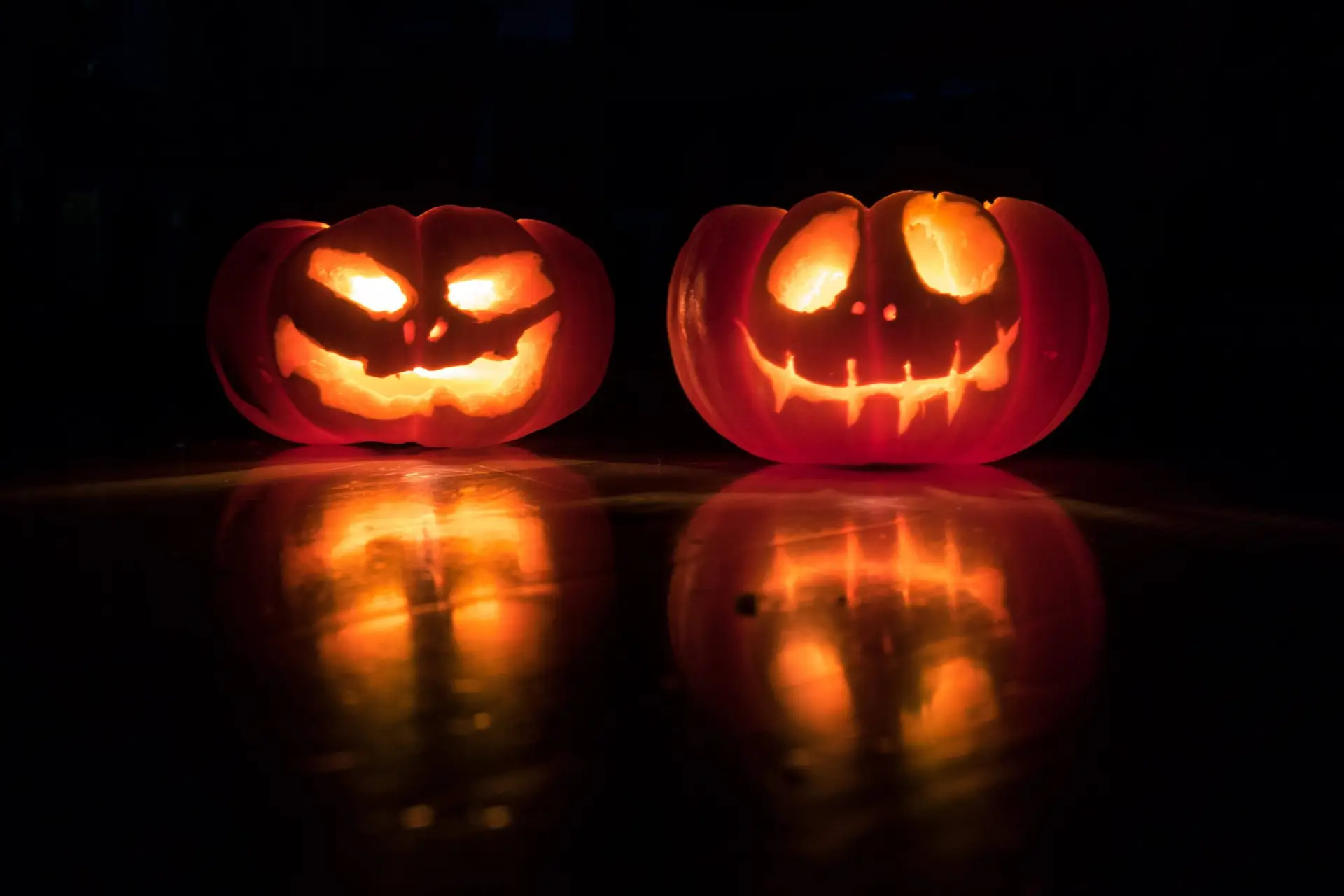Halloween can be a somewhat confusing and mysterious holiday to those who didn’t grow up with it. In a day and age where we’re looking for reasons to celebrate, it’s a great time to learn about the history and tradition of Halloween, and to find out why we celebrate it the way we do. Whether you’re new to Halloween or are looking to brush up on your knowledge before heading out with your little ones, we’ve got you covered.
Origins of Halloween
Halloween, also known as All Hallows’ Eve, has roots that go back to pre-Christian celebrations of the harvest. When the Catholic Church declared November 1 as All Saints’ Day, the evening before became known as All Hallows’ Eve, or Halloween. Over time, the holiday evolved into a time for honoring the dead, remembering ancestors, and warding off evil spirits.
Traditions
A few popular Halloween traditions include carving pumpkins (also known as Jack-o-lanterns), dressing up in costumes, going trick-or-treating, and attending parties. While many of these traditions have been around for decades, it is now a multi-billion dollar industry, with people spending tens of thousands of dollars each year on costumes, decorations, and candy.
Halloween Around the World
Halloween is not just confined to America or the western world, it is celebrated in some form in many cultures worldwide. For example, in Mexico, the Day of the Dead (Dia de los Muertos) is celebrated on November 1 & 2, which marks the time when the spirits of deceased loved ones are believed to come back to our world for a brief visit. In China, the Hungry Ghost Festival on the 15th day of the seventh lunar month is similar, where people offer food and sacrifice to the dead and perform special dances.
Safety at Halloween
Halloween should be a time of fun and joy, but being aware of potential hazards can help keep everyone safe. Examples include avoiding costumes with sharp objects or loose fabric that can cause tripping, staying in groups and/or well-lit areas, and checking all treats for tampering or foreign objects. Furthermore, while Halloween pranks have been a longstanding tradition, it is important to ensure that the pranks don’t become harmful or damaging.
Conclusion
Halloween, steeped in history and culture, is a time for spooky fun and tradition. Embracing the festivities and ensuring safety is paramount. As responsible adults, we must pass on the celebration to the next generation with adjustments for safety.

